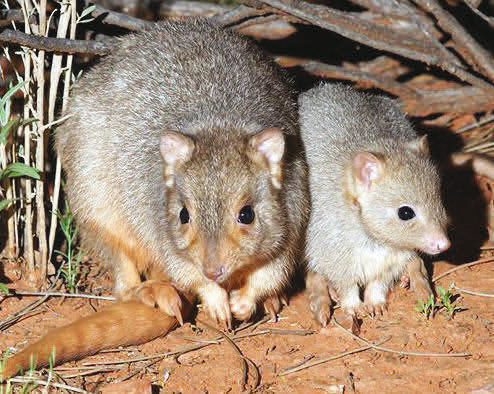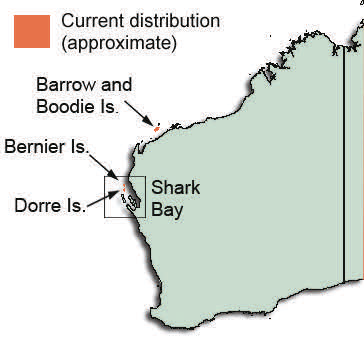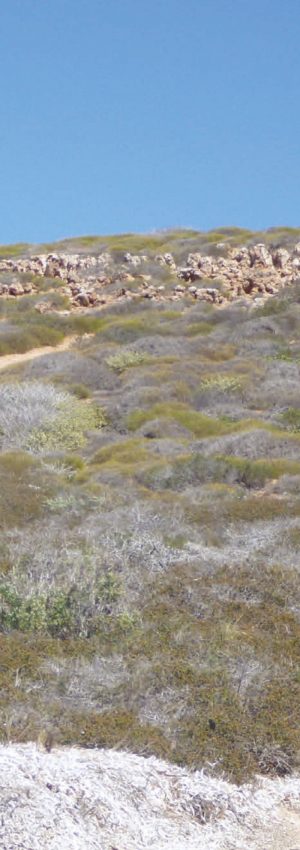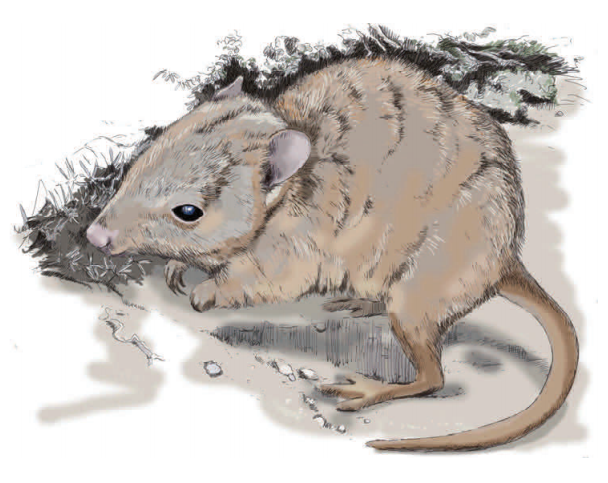Boodie (Burrowing Bettong)
Boodie (burrowing bettong)
Bettongia lesueur lesueur
Description

| Head-body 350-400mm |
Tail 300mm |
Weight 1.5kg |
The boodie is a chunky little macropod with cinnamon tinged grey fur. Its tail is weakly prehensile and is used to carry nesting material. Although the posture of boodies is hunched, they hop on hind legs like other macropods. A snub nose, small ears and white tail tip help distinguish this bettong from the brush-tailed bettong (woylie).
Diet and habitat

This is the only macropod that regularly inhabits burrows, where they share nests with other boodies during the day. Boodies emerge after sunset to forage by moving slowly with their nose close to the ground, sniffing for fungi and bulbs. They also eat seeds, nuts and green plant parts.
Breeding

| Gestation 3 weeks |
No. young 1 |
Weaned 5-6 months |
Female boodies can produce up to three young per year, with breeding occurring throughout the year. After a three-week pregnancy, a single joey is born and remains in the pouch for 115 days. Boodies reach sexual maturity within their first year and can live for three years or longer.
Distribution

Boodies once had the largest geographic range of any Australian mammal, but were extinct on the mainland by the early 1960s. Wild boodies can now only be found on a few Western Australian islands, including Bernier and Dorre islands in Shark Bay. They will be reintroduced to Dirk Hartog Island as part of the Return to 1616 project.
Status

The small restricted populations of boodies leave them vulnerable, with their existence depending on continued conservation efforts. Threats include introduced predators and wildfires.
Fact sheet
SHARK BAY
World Heritage



